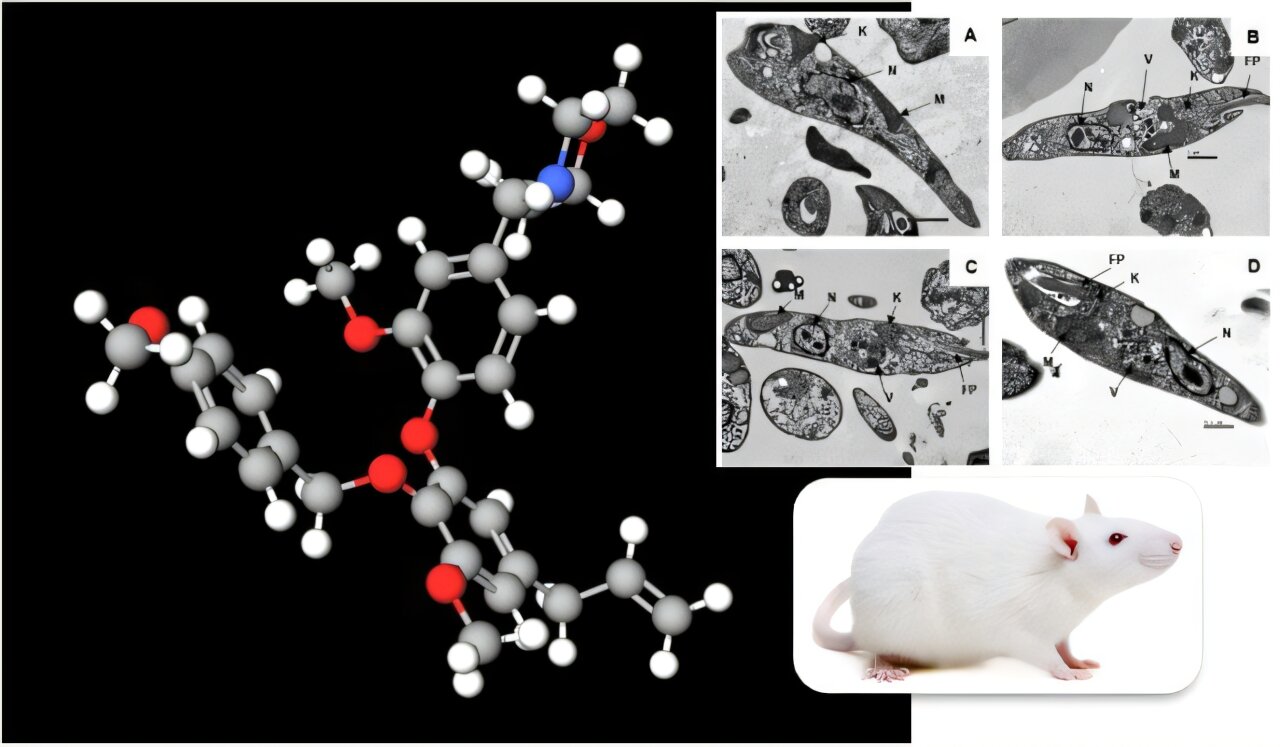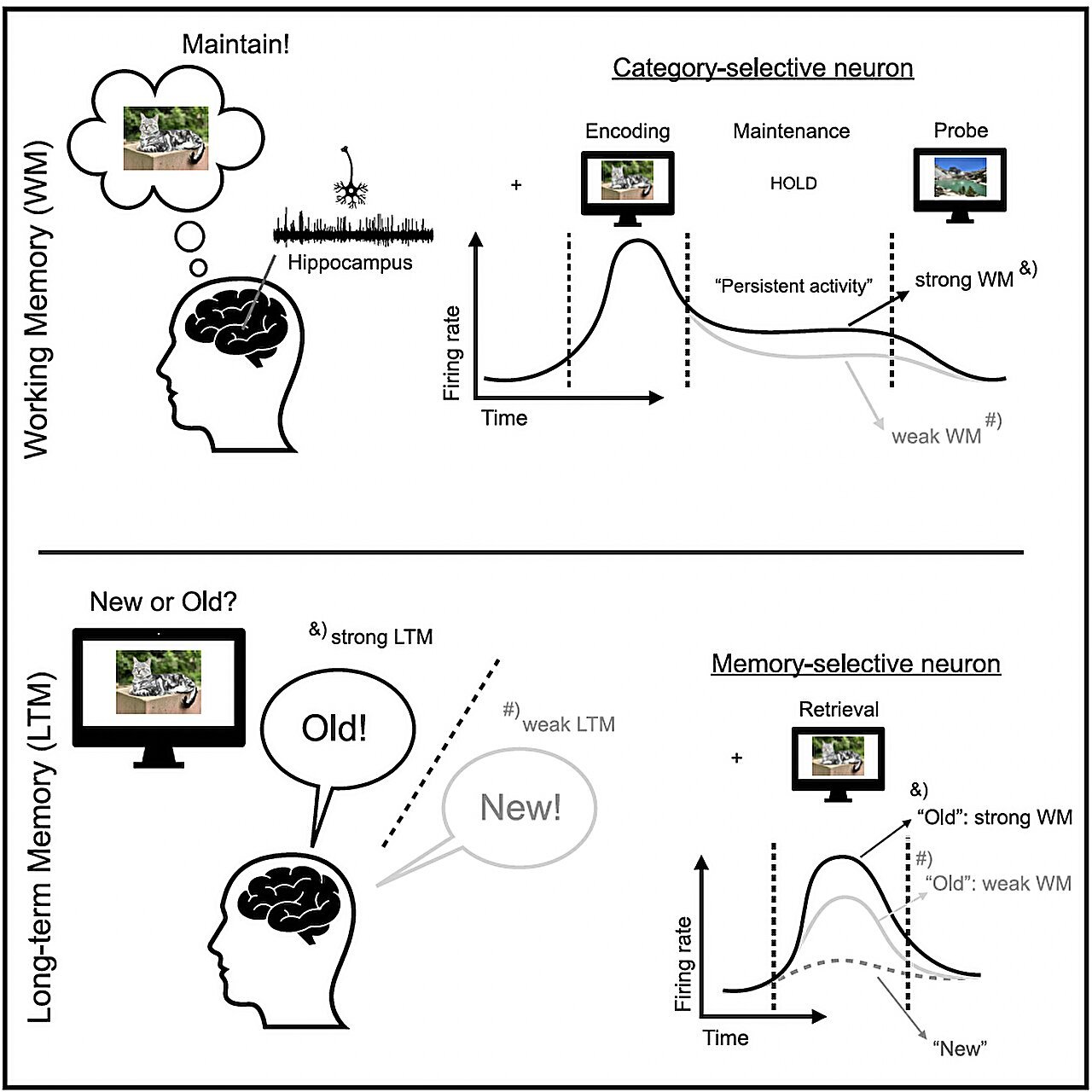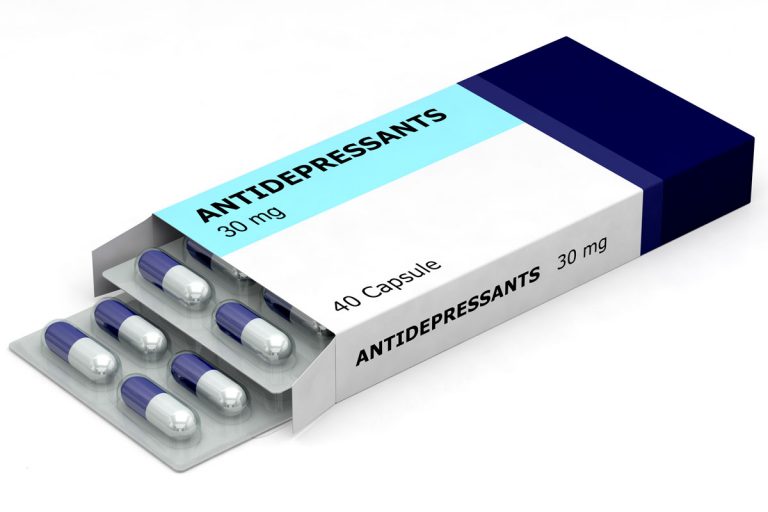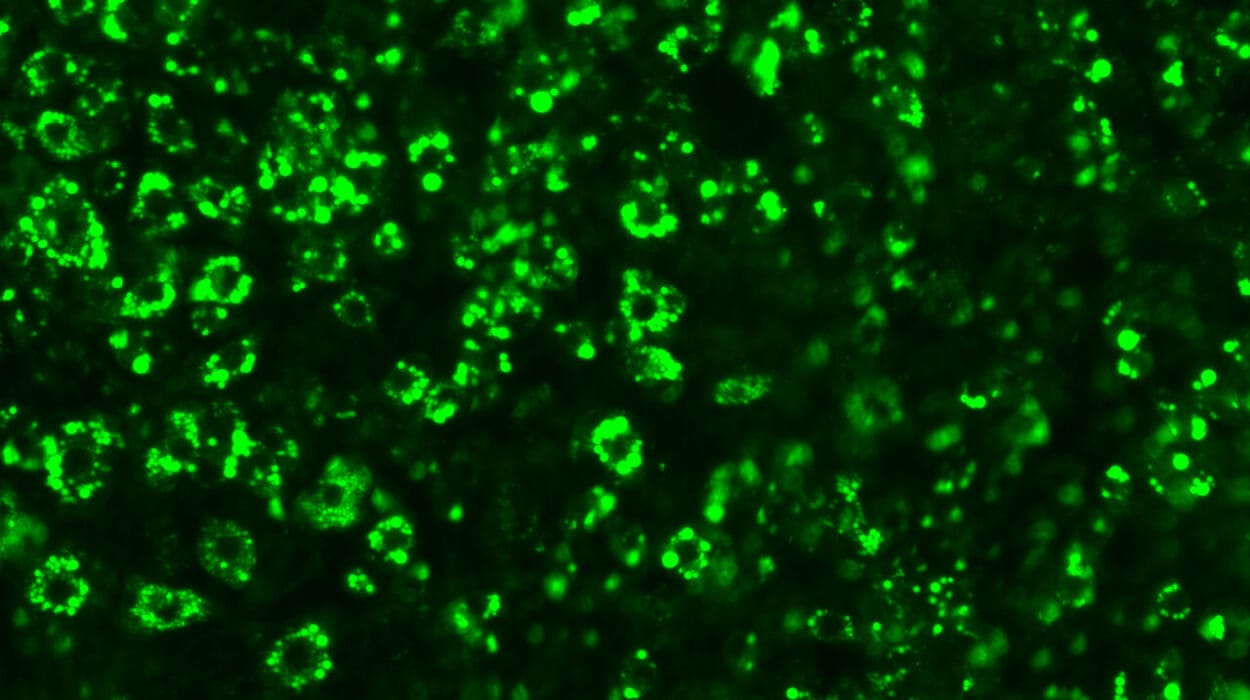Visceral leishmaniasis (VL) is a neglected tropical disease with devastating effects on those who contract it, particularly in impoverished regions with limited access to healthcare, clean water, or sanitation. Also known as kala-azar, this disease is caused by a protozoan parasite of the Leishmania genus, and it is primarily transmitted through the bite of an infected sandfly. The symptoms include prolonged fever, significant weight loss, muscle weakness, and the enlargement of internal organs such as the spleen and liver, with serious consequences like anemia and immunosuppression. If left untreated, the disease is almost always fatal, making it an urgent public health challenge.
While the vast majority of VL cases occur in countries such as Brazil, India, and several regions of East Africa, it remains a largely neglected disease in terms of medical research and therapeutic development. According to the World Health Organization (WHO), there are approximately 50,000 to 90,000 new cases of VL globally each year, with mortality rates between 20,000 and 50,000. Strikingly, only a fraction (25%-45%) of these cases are reported, and the problem is exacerbated by underreporting in remote, rural areas. Despite this, VL receives limited attention and funding from large pharmaceutical companies, largely because it primarily affects poorer populations in endemic regions where profit potential is low.
Research into alternative treatments for VL has been limited, and current drugs are either toxic, difficult to administer, or have become ineffective due to rising resistance. Therefore, the search for new therapeutic agents is critically important. Recent research conducted by a collaborative team of Brazilian, UK, and Portuguese scientists, however, offers hope for a promising new treatment. Their work investigates a compound derived from the bark of Nectandra leucantha, a tree native to southern Brazil, whose local names include canela-seca or canela-branca. This tree species produces a compound that has shown potential in combating the parasite that causes VL, specifically the Leishmania infantum strain.
The research team, which includes André Gustavo Tempone, a principal investigator at the Butantan Institute’s Physiopathology Laboratory in Brazil, and other scientists from the University of Oxford and the University of Porto, began by synthesizing a compound related to a naturally occurring neolignan called dehydrodieugenol B. This compound was initially isolated by João Lago, a professor at the Federal University of the ABC in São Paulo state, Brazil. Neolignans are a class of chemical compounds known for their anti-inflammatory and antimicrobial properties, and Nectandra leucantha was identified as a potential source for such molecules with therapeutic effects against tropical diseases like VL.
The synthesized compound served as a prototype for designing new variations with potential enhanced properties. These newer versions were tested on Leishmania infantum in vitro to determine their efficacy in killing the parasite without harming host cells, a key requirement for any treatment designed to treat visceral leishmaniasis. Remarkably, one of these new compounds was found to be four times more potent than the original prototype at killing the parasite in laboratory tests.
Despite these promising in vitro results, researchers faced significant setbacks during in vivo tests with rodents. Initial trials revealed a major flaw in the compound’s pharmacokinetics – the rate at which the drug is absorbed, distributed, metabolized, and eliminated from the body. The optimized molecule rapidly cleared from the rats’ bloodstream, circulating for only about ten minutes, a much shorter duration than required to combat the parasitic infection effectively.
Realizing that further chemical optimization was needed to prolong the molecule’s presence in the bloodstream, the team set out to improve its bioavailability. In collaboration with Maiara Amaral, a graduate student working at the time in Oxford under Tempone’s supervision, the researchers fine-tuned the molecule. The result was an even more potent derivative, with the remarkable property of a 21-hour plasma half-life – meaning it remained in the bloodstream 100 times longer than its predecessor. This significant improvement brought the compound much closer to being a viable treatment for leishmaniasis.
The updated compound also displayed several other key benefits: it effectively eradicated Leishmania infantum in vitro without causing harm to host cells, and it appeared to act by disrupting the parasite’s energy supply. Specifically, the compound led to an irreversible collapse of the parasite’s ATP (adenosine triphosphate) energy mechanism, which is essential for its survival. This collapse was triggered by an increase in calcium levels, a process that both impaired the parasite and reduced inflammation in host cells. The reduced inflammation is particularly valuable in treating visceral leishmaniasis, which often causes severe organ damage.
Having seen these favorable results in vitro, the researchers now aim to test the compound further in animal models infected with Leishmania. These studies will help determine the necessary dosages, the optimal route of administration, and potential adverse effects. While the early results are encouraging, they caution that more work lies ahead before a clinically viable drug is developed. However, Tempone emphasizes that the main objective of the study is to create drugs capable of tackling neglected tropical diseases, which have long suffered from inadequate research attention due to their limited commercial appeal.
The process of drug development is long and costly. Novel drugs typically take around 15 years to reach the market, as they must undergo extensive preclinical and clinical trials to ensure they are safe and effective in humans. Before moving into human clinical trials, the new compound must first prove its efficacy in treating VL in animals, ensuring the treatment provides the desired therapeutic effect with minimal toxicity. While this stage is critical, the team’s findings thus far represent a crucial step forward.
In addition to the technical achievements of this study, it has significant social and economic implications. The fact that large pharmaceutical companies have historically neglected neglected tropical diseases like VL highlights a significant gap in global health priorities. Tempone and his colleagues are acutely aware that public health challenges in low-income countries are often ignored, resulting in disparities in treatment access and outcomes. According to Tempone, Brazil – with its abundant biodiversity and rich array of natural resources – has the potential to address these health gaps, developing treatments for diseases endemic to its regions and then sharing them globally.
Although much work remains to be done, this research underscores the potential of natural products and the importance of investing in domestic pharmaceutical research. The molecular-based approach developed in this study offers a new hope for tackling one of the world’s most devastating yet overlooked diseases. Given the high burden of visceral leishmaniasis in endemic regions, the potential impact of a new drug capable of targeting Leishmania parasites without harming the host’s cells could save thousands of lives and improve global health, especially in regions where current therapies fall short.
Reference: Maiara Amaral et al, Synthesis of a dehydrodieugenol B derivative as a lead compound for visceral leishmaniasis—mechanism of action and in vivo pharmacokinetic studies, Antimicrobial Agents and Chemotherapy (2024). DOI: 10.1128/aac.00831-24






